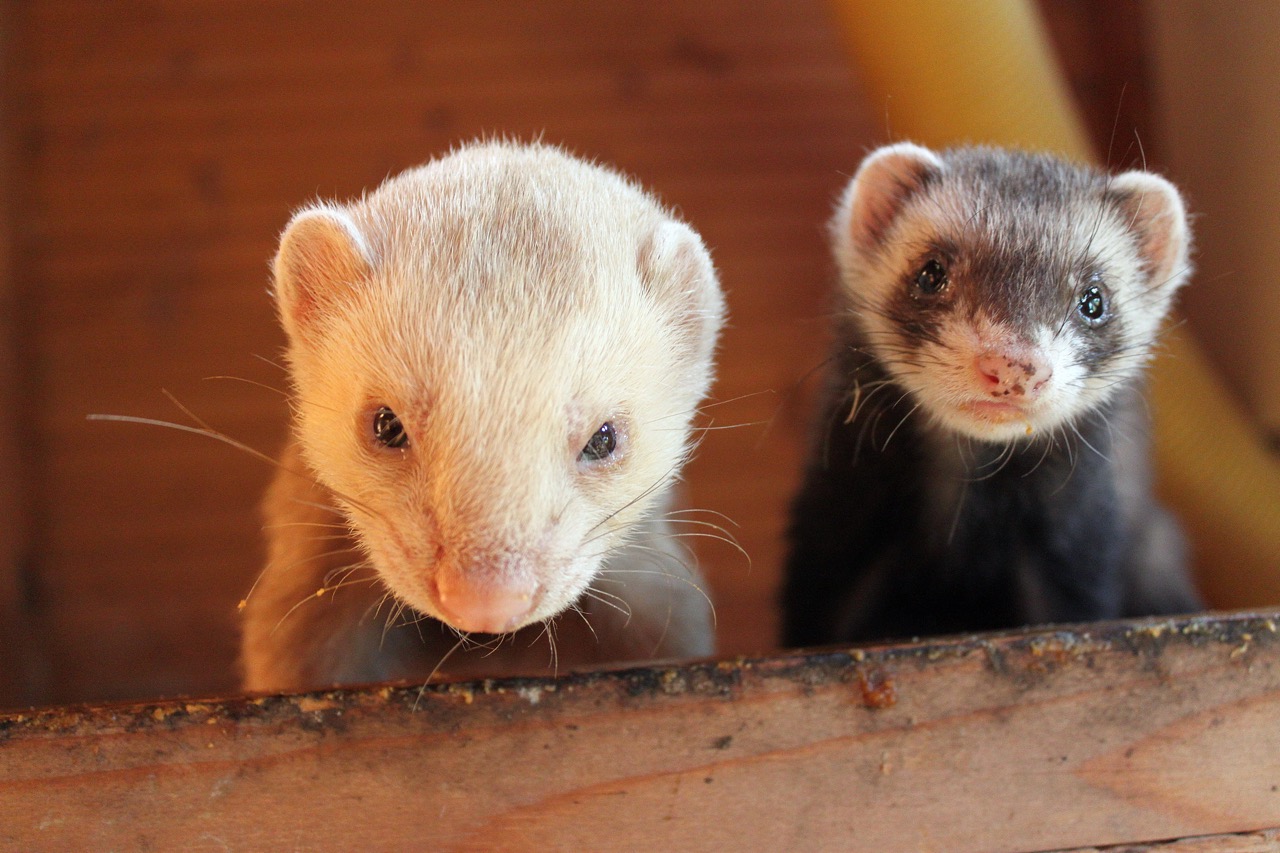Ferrets are playful, intelligent, and social animals that thrive in environments that cater to their unique needs. Creating a comfortable and stimulating habitat for your ferret is essential for their well-being. A DIY ferret cage not only allows you to customize the space to meet your pet’s specific requirements but also provides a rewarding project for any animal lover. In this guide, we will explore essential cage requirements, material choices, a step-by-step construction process, and tips for enriching your ferret’s living space.
Understanding Ferret Needs: Essential Cage Requirements
When designing a ferret cage, it is crucial to understand their specific requirements. Ferrets are active creatures that need ample space to explore and play. An ideal cage should offer at least 24” x 24” of floor space and be at least 36” tall to accommodate climbing. Multiple levels and ramps can enhance their environment, providing opportunities for physical exertion and mental stimulation. Additionally, adequate ventilation is important to maintain a healthy atmosphere for your furry friends.
Another significant factor is the cage’s safety features. Ferrets are known for their curious nature, which means they can squeeze through tight spaces or dig their way out if given the chance. Ensure that the cage is made with durable materials that are properly secured. Bar spacing should be no more than 1” to prevent escapes, while sharp edges and protrusions should be eliminated to avoid injuries. Lastly, consider incorporating a hiding area where your ferret can retreat when feeling overwhelmed or in need of rest.
Bedding and accessories should also be taken into account when designing the habitat. Soft, absorbent bedding will help keep the cage clean while providing comfort for your pet. Avoid cedar or pine shavings, as they can be harmful to ferrets. Instead, opt for paper-based bedding or fleece liners. Additionally, a litter box can be included to facilitate easier cleaning, as ferrets are relatively easy to litter train. By understanding these essential requirements, you can create a safe and stimulating home for your ferret.
Choosing the Right Materials for Your DIY Ferret Cage
Selecting the appropriate materials is a critical step in building a DIY ferret cage. Start with a sturdy frame that can withstand your ferret’s playful antics. Common materials include wood, metal, and PVC. Wood should be untreated and properly sealed to prevent any harmful chemicals from leaching into the cage. Metal cages, particularly those made from galvanized steel, offer durability and are easy to clean. PVC is lightweight and versatile, making it an ideal choice for modular designs.
For the flooring, opt for smooth, non-porous materials that are easy to clean and resistant to odors. Vinyl flooring or laminate are excellent options, as they can be wiped down quickly and are less likely to absorb liquids. Avoid carpet or rugs, as they can harbor bacteria and odors over time. Additionally, you will need to consider the wire mesh or bars for ventilation and security. Ensure that any wire used is chew-proof and safe for ferrets.
Lastly, don’t forget about the accessories and furnishings that will enhance your ferret’s habitat. Look for non-toxic, durable items such as hammocks, ramps, and toys. It’s essential to avoid anything with small parts that could be ingested or pose a choking hazard. You can also consider incorporating natural elements like branches or sisal rope for climbing and scratching, which will contribute to an enriched environment.
Step-by-Step Guide: Constructing a Ferret Habitat
Building your DIY ferret cage can be a fulfilling project when approached methodically. Begin by sketching a design that outlines the dimensions and elements you want to include. This blueprint will serve as your guide throughout construction. Gather all necessary materials and tools, such as a drill, screws, and a saw, depending on your chosen materials. Planning ahead ensures you have everything on hand for a smooth building process.
Once your design is finalized, begin constructing the frame. If you’re using wood, cut the pieces to size according to your sketch and assemble them using screws or wood glue. For a metal cage, cut the metal to size and weld or bolt the pieces together. If using PVC, you can connect the pipes using elbow joints and T-connectors. Ensure that the frame is sturdy and secure before moving on to the next stage. Attach the flooring material, ensuring it is level and well-secured to withstand your ferret’s activities.
After the framework and flooring are in place, it’s time to install the wire mesh or bars. Make sure the spacing is no more than 1” apart and securely attach it to the frame. Incorporate ramps and platforms for vertical movement, and make sure they are stable and safe. Finally, add a door for easy access to the cage, ensuring that it closes securely to prevent escapes. Once the cage structure is complete, it’s time to add bedding, litter boxes, and toys to create a welcoming environment for your ferrets.
Tips for Decorating and Enriching Your Ferret’s Space
Creating an engaging and stimulating environment is key to keeping your ferret happy and healthy. Once your DIY cage is built, consider adding various levels and platforms for climbing. Using shelves or ramps helps simulate their natural environment, as ferrets are agile climbers. You can also create tunnels using cardboard tubes or PVC pipes, providing your ferret with an exciting way to explore their habitat.
Furnishing the cage with cozy resting areas is essential for your ferret’s comfort. Hammocks made from soft fabric can serve as ideal spots for napping, while hiding boxes made from cardboard or wood give them a secure place to retreat. Place these resting areas at different heights to encourage exploration. Additionally, adding toys—such as balls, chew toys, or interactive puzzles—will help keep your ferret engaged and mentally stimulated.
Finally, don’t underestimate the importance of cleanliness in your ferret’s space. Regularly clean the cage, removing soiled bedding and waste. A clean environment not only promotes your ferret’s health but also ensures they feel comfortable and secure. Rotating toys and decorations periodically can help keep the habitat fresh and engaging, allowing your ferret to explore new things and maintain their curiosity.
Building a DIY ferret cage is a rewarding experience that not only benefits your ferret but also enhances your bond with them. By understanding their needs and carefully selecting materials, you can create a safe, stimulating, and comfortable habitat. With thoughtful construction and engaging décor, your ferret will thrive in a personalized space that reflects their playful nature. Happy building, and enjoy watching your ferret explore their new home!










